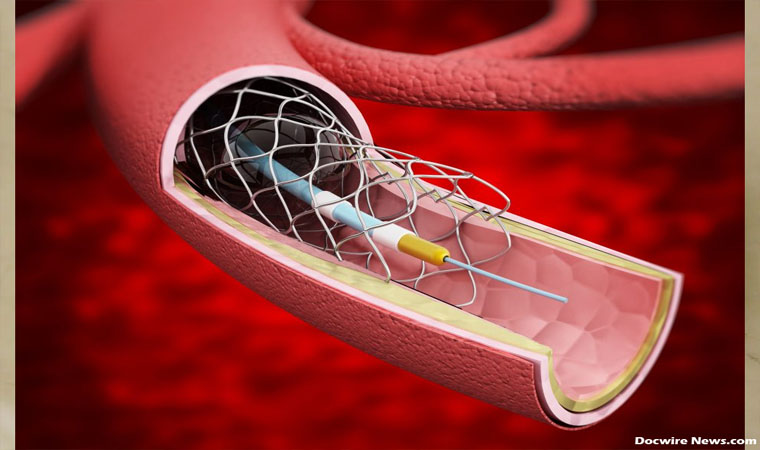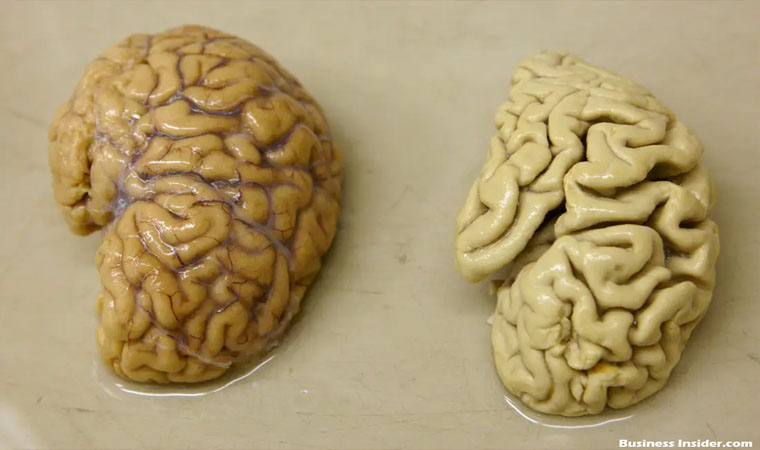Angiography – Rare Complications
Angiography is a technique of the heart to review the chambers of the guts. The main interest in performing an angiographic procedure would be to examine the arteries, veins, and veins. The main principle is to insert an opaque liquid in the blood and capture contrasting images with the help of x-ray technologies. The method is effective in obtaining useful details about the center, brain, and other such sensitive regions of the body. The surgical procedure is noninvasive and contains the sedative is administered on the patient intravenously. Abnormal conditions in the arteries and veins might be studied by this method.
Angiography is a crucial medical examination but as well, it can some complications. Although complications are rare for a procedure performed for coronary examination, the possible problems normally include bleeding, pain, and infection. The healthcare experts who perform this examination on the patients are very well experienced and trained. … Read More











